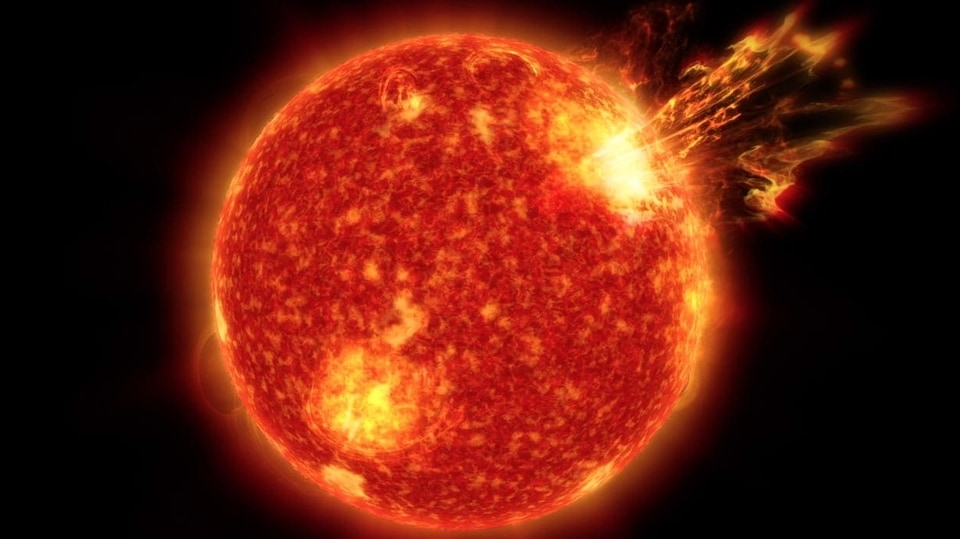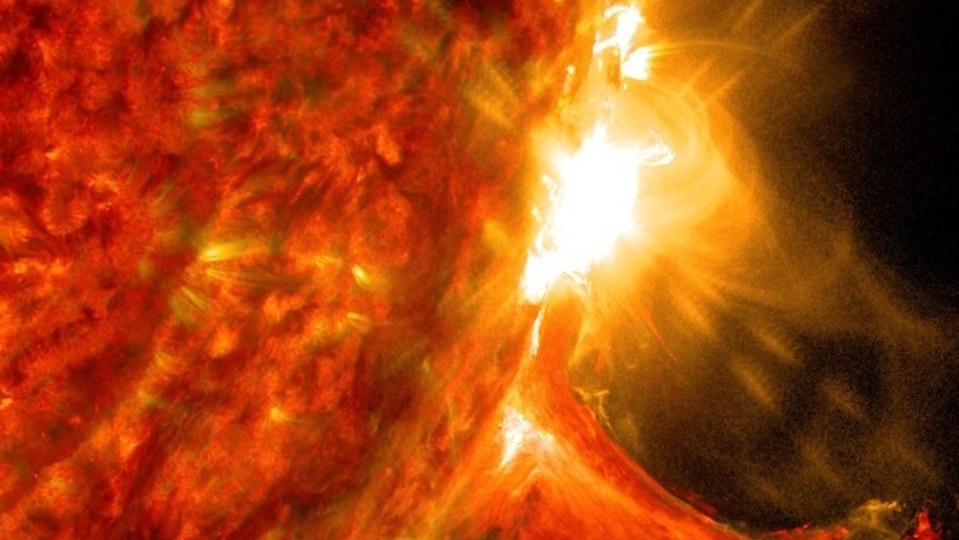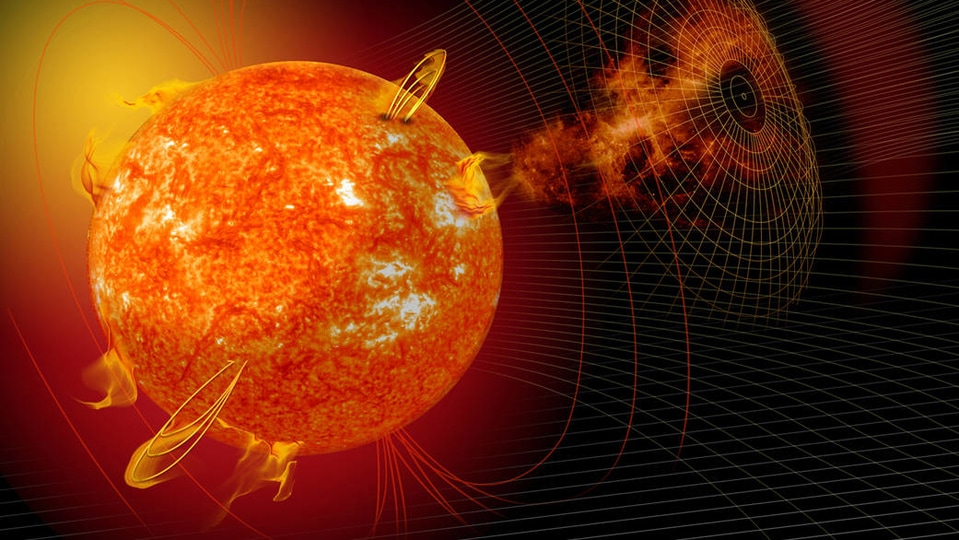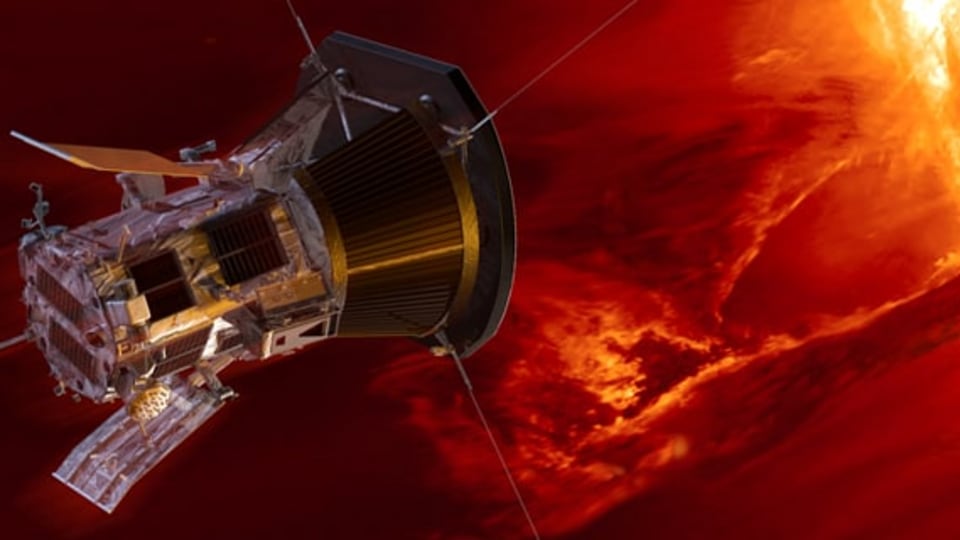Astonishing! NASA’s Parker Solar Probe to fly through a solar flare
NASA’s Parker Solar Flare is expected to fly through a solar flare near the Sun. Will the solar probe survive or perish? Know what NASA has to say.




_1639373804152_1639373815879.jpg)

 View all Images
View all ImagesThe solar activity has been constantly rising these past few weeks due to the Sun nearing the middle of its 11-year solar cycle, which began in December 2019. As the Sun reaches its peak, the frequency of Solar Storms, Solar Flares, Coronal Mass Ejections (CMEs) and other solar phenomena are set to rise, according to NASA. Scientists expect solar activity to be at its peak in the year 2025 when the Sun is in the middle of its solar cycle. NASA hopes that its Parker Solar Probe will catch a solar flare in the near future as it completed its 13th close encounter with the Sun on September 6.
In a NASA blog, Nour Raouafi, Parker Solar Probe project scientist at the Johns Hopkins Applied Physics Laboratory (APL) in Laurel, Maryland said, “The Sun has changed completely since we launched Parker Solar Probe during solar minimum when it was very quiet. When the Sun changes, it also changes the environment around it. The activity at this time is way higher than we expected.”
NASA's Parker Solar Probe set to be battered by a solar flare
Even if the Parker Solar Probe flies through a solar flare, it will not get damaged as it was built to withstand the heat from the close encounters with the Sun. In the NASA blog, Doug Rodgers, APL's science operations center coordinator for the mission said, “Parker Solar Probe is built to withstand whatever the Sun can throw at it. Every orbit is different, but the mission is a well-oiled machine at this point.”
According to NASA, although the Parker Solar Probe has not flown through a solar flare before, its Wide-field Imager for Solar Probe (WISPR) has captured small Coronal Mass Ejections (CMEs) emitting from the surface of the Sun during its 10th close encounter with the Sun in November last year which has helped in making new discoveries about CMEs.
Catch all the Latest Tech News, Mobile News, Laptop News, Gaming news, Wearables News , How To News, also keep up with us on Whatsapp channel,Twitter, Facebook, Google News, and Instagram. For our latest videos, subscribe to our YouTube channel.
































